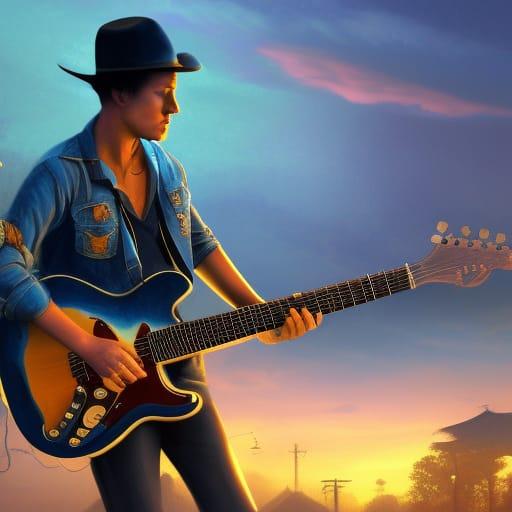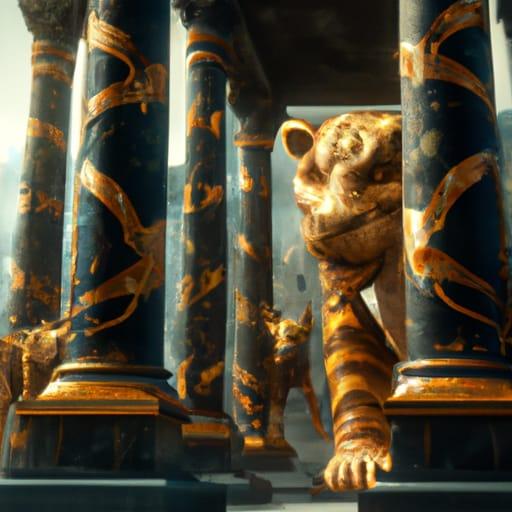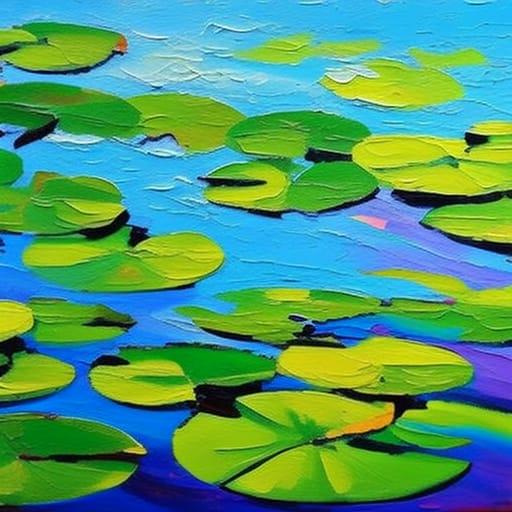Artificial intelligence sightings have risen in recent years with softwares expanding influence into a wide range of sectors where humans interact and work. In basic terms, AI is the communication between a computer and a robust data set that work together to accomplish tasks of varying depths. One of the more common uses of AI is AI art.
Artificial intelligence is found in places one normally wouldn’t think twice about, like the auto-complete algorithm on your phone or computer instructed to memorize personalized word patterns, completing sentences punched into Google, iMessage or Outlook.

Because intelligent softwares are so diverse and complex in programming, a shift in the way the technology is used has occurred. Developments have expanded beyond helping everyday people present themselves online — and they now have a stake in artistic expression.
AI art software is now a popular mechanism online thanks to systems like Dall-E 2 and Midjourney. These softwares take creative prompts from users then produce artwork using those prompts. The AI systems are able to visually create anything in any style as long as the user knows how to use the software appropriately.
Artistic creativity is becoming less unique while becoming more accessible, thanks to the simplicity that comes with these softwares. The situation is reflected by innovative leaps made by software engineers who use a coding language rather than paint or pencil. These engineers have enabled everyday internet users to make professional-looking art with only one word.
AI art softwares work by digging through images on the internet for inspiration and churning out artwork following the original prompt provided by a human user. The software cannot work without human input or original artwork.
Social media users on all platforms have flaunted the seemingly limitless imaginative power of these softwares by pushing the scope of their prompts. Some users have gone as far as having their artificially generated artwork compete against hands-on artists in different shows and conventions — Jason M. Allen won in the digital art section of the Colorado State Fair with a piece he created on Midjourney.

Though he used an AI art generator, Allen spent 80 hours on his artistic submission to the Colorado State Fair, according to a Smithsonian Magazine article.
Many critics of artificially intelligent producers question the originality of the artwork and where it falls in the realm of legal copyright.
“AI? It’s appropriating other imagery that’s already been created. Some would call that stealing,” said Lisa Bartlett, owner of Artlandish Art Gallery in Columbia.
Debates surrounding new forms of art and where they sit under the umbrella of copyright have become more common today thanks to online trends like NFTs and memes.
“There is the whole debate with collage and using others’ images,” Bartlett said. “Andy Warhol did it, Robert Rauschenberg did it, Jasper Johns, all those guys, what’s up with that? The difference there is that a human put it together as opposed to a robot putting it together. Fine art, non-computer aided design is more refreshing.”
Some who are more familiar with the technology say that people who disregard it do so because they do not understand its potential purposes.
“I’m totally on board with using AI for artistic purposes,” Katina Bitsicas, an assistant professor of digital storytelling at MU’s School of Visual Studies, said. “I think it’s an excellent tool for artists, but I think there is an issue with people who are just typing in a prompt and saying, ‘This is my art, right?’ Because the problem with that is the individuals in which the database is pulling from a lot of times are not being compensated.”
Bitsicas specializes in “new media art” and researches AI chatbots for her own creative work. AI chatbots work similarly to AI art, but instead of responding to user prompts with images, they respond with conversation. Large data sets train these chatbots over a long period of time to provide a response to the prompts it is fed.

Data sets can look like anything from text messages to Instagram photos to audio recordings — even videos.
Responses from chatbots can come in many forms including conversations, statistics, songs, and when given the appropriate data values, the bots can even write essays.
Bitsicas uses AI chatbots in tandem with projection-mapping software to produce live performances. These performances are made up of visuals prompted by different users in real time.
These performances establish an organic system of communication between the two technologies, with the human providing the imagination.
In Bitsicas’ planned live performances, a user could ask the chatbot subjective questions of advice like, “What should I buy mom for her birthday?” The chatbot will then collaborate with the projection-mapping software to spew out a visual, original response.
“I think it’s all about the concept and the idea behind your work. If you’re making art with intention, then that’s the whole point,” Bitsicas said.
Chatbots process and respond to information similarly to humans, and coders train the AI to communicate naturally with us — the same way a toddler learns how to form cohesive sentences by watching parents talk to each other.
AI art has also made artists question how the software alters the experience of finding inspiration — a singular process that incorporates many factors, feelings and emotions that influence the outcome of the final project.
“You know, you can always look at a picture of nature, but if you’re in nature, you have the aroma, you have the tactile breeze on your face, you have the warmth of the city,” said Sharyn Hyatt, an artist at Orr Street Studios. “All these other senses are being simulated.”

Hyatt believes that AI art can be used as a tool depending on what the artist wants to convey in their finished product.
“I might choose computer generated work if I wanted to show how our culture expects women to look too perfect,” Hyatt said. “And I might use all of that slick perfection of computer generated work to show my disgust for that.”
Artist and School of Visual Studies educator Matt Ballou first fell in love with making art as a child when he looked at pictures from the Epic of Gilgamesh. He realized that the words on the page corresponded to actions in the image, similarly to how chatbot and projection-mapping software interact during Bitsicas’ performances.
“AI has tricked people into thinking that they can do something that they really can’t,” Ballou said. “The fact of the matter is that the experts who understand aesthetics and understand the history of art and know how to deploy it — they’ve learned how to manipulate the AI and make amazing stuff with it. The people that just go in there fool around, they just make garbage.”
Ballou thinks it is best to embrace the changes that come with making creativity and that we use the technology properly by doing so.
“I already know the influences that I am using all the time, and I don’t believe in originality,” Ballou said. “So, I know anything that I make has already been remixed. I’m putting my inflection on it. Originality is not the point of art.”
Edited by Egan Ward | [email protected]
Copy edited by Mary Philip and Grace Knight







